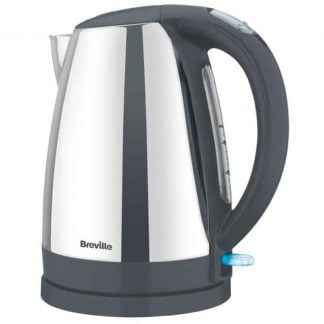Gas hobs and electric hobs are two common types of cooktops used in kitchens, and each has its own set of advantages and disadvantages. The choice between a gas hob and an electric hob often depends on personal preferences, cooking habits, and the available infrastructure. Here are some key differences between gas and electric hobs:
- Heat Control and Responsiveness:
- Gas Hob: Gas hobs provide instant heat and offer precise temperature control. The flame can be adjusted quickly, allowing for rapid changes in cooking temperature.
- Electric Hob: Electric hobs take some time to heat up and cool down compared to gas. However, many modern electric hobs come with responsive controls, allowing for more accurate temperature adjustments.
- Energy Efficiency:
- Gas Hob: Gas is generally considered more energy-efficient for cooking because it heats up and cools down quickly. However, some heat may be lost in the process.
- Electric Hob: Electric hobs are less energy-efficient due to the slower response time and the fact that they retain heat longer. However, newer induction cooktops are more efficient than traditional electric coil or ceramic hobs.
- Safety:
- Gas Hob: There is a risk of gas leaks, and an open flame can pose a safety hazard. However, modern gas hobs often come with safety features such as flame failure protection.
- Electric Hob: Electric hobs are generally considered safer because there is no open flame. Induction hobs, in particular, only heat the cookware, remaining cool to the touch, reducing the risk of burns.
- Installation and Maintenance:
- Gas Hob: Installation may require a gas line, and maintenance involves cleaning burners and checking for gas leaks.
- Electric Hob: Installation is often simpler, requiring only a power source. Maintenance involves cleaning the surface, and in the case of induction hobs, caring for the glass surface.
- Cookware Compatibility:
- Gas Hob: Gas hobs are compatible with a wide range of cookware, including various materials and sizes.
- Electric Hob: Induction hobs require magnetic cookware, as they heat through electromagnetic induction. Traditional electric hobs can work with a variety of cookware but may have specific requirements for optimal performance.
- Cost:
- Gas Hob: Initial installation costs may be lower, but the cost of gas can vary depending on location.
- Electric Hob: Initial installation costs might be higher, but ongoing operating costs can be more predictable.
Ultimately, the choice between a gas hob and an electric hob depends on individual preferences, cooking habits, and the kitchen’s infrastructure. Some people prefer the instant control of gas, while others appreciate the safety and efficiency of modern electric or induction hobs.









